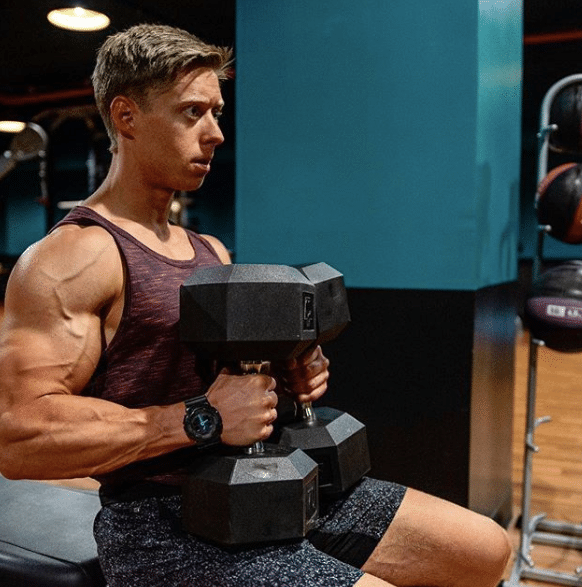Build Muscle Fast with High Frequency Training
August 15, 2020
Benefits of High-Frequency Training
– You can build muscle fast with high-frequency training due to increased muscle protein synthesis, more frequent spikes in anabolic hormone levels, and increased insulin sensitivity.
– High-Frequency Training increases the speed of motor learning, helping you learn new skills, lifts, and exercises faster.
– High-Frequency Training can rapidly improve strength and accelerate muscle building in beginners and advanced lifters.
– High-Frequency Training requires you to train with less volume per workout session is order to optimally recover.
– High-Frequency Training does require a plan. You must reduce training volume to make it work. Sign up here for your free High-Frequency Muscle Building Program









[…] Build Muscle Fast with High Frequency Training — Eric Bach […]
[…] rep scheme will warm you up to lift bigger loads in the gym, and as a result not only increase strength frequently but build better muscle as […]
[…] Frequency: You worked out more often, such as moving from three workouts to four in a week. […]
[…] body splits are maximally efficient for those short on time and looking for full body stimulation. High-frequency stimulation for muscles and moderate training volume suits many goals. Total body training minimizes […]
[…] DUP allows for an increased training frequency through the alternation of stimulus during a shorter period of time. As a result, you create a […]
[…] you follow a high-frequency muscle building program, you DO need extra calories to build muscle there’s only so much your body can […]